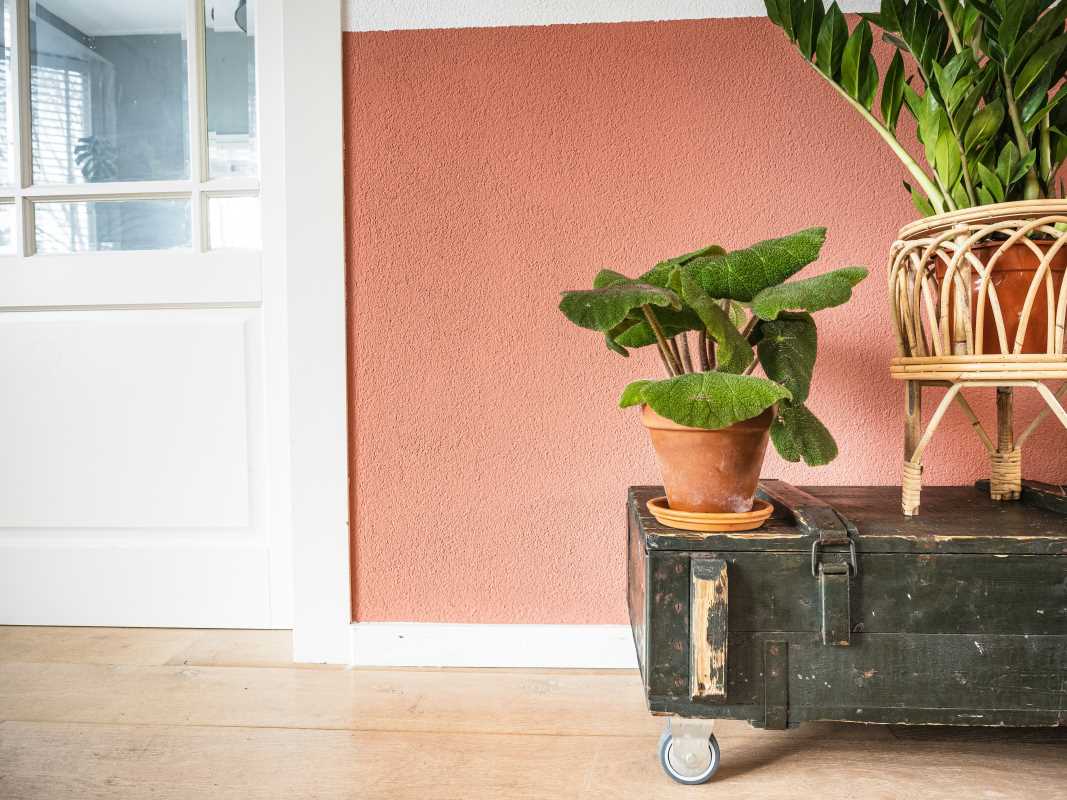Home is where your family grows, laughs, and finds comfort together. Creating a peaceful living space isn’t just about aesthetic appeal or organization. It’s about fostering an atmosphere where every family member feels safe, valued, and refreshed. Whether you live in a cozy city apartment or a sprawling house in the suburbs, the sanctuary you create within your walls has the power to profoundly impact your family’s well-being and happiness.
This comprehensive guide dives deep into how you can transform your home into a calming oasis that nurtures mental, emotional, and physical wellness for everyone in your household. With practical strategies, design tips, and easy routines, you’ll find actionable ideas to suit any space or budget.
Understanding the Importance of a Peaceful Home
Picture coming home after a hectic day, stepping into a space that exudes calm, where comforting colors, soothing scents, and a sense of belonging greet you. A peaceful home does more than just look good. It can reduce stress, deepen relationships, and provide a haven from life’s chaos. A harmonious living environment offers many benefits:
- Lower levels of stress and anxiety
- Improved ability to focus and work productively
- Better emotional regulation for children
- Consistently sound sleep and better physical health
- A stronger sense of connection among family members
A peaceful home doesn’t appear overnight. It’s created through intentional choices and consistent effort. However, every step toward building a sanctuary is a meaningful investment in your family’s happiness.
Setting the Foundation with Intentional Design
Declutter Your Space for Clarity and Relaxation
Decluttering isn’t just about tidiness; it’s about clearing mental space and creating an environment where relaxation comes naturally. Studies show that cluttered spaces increase cortisol levels, leading to heightened stress and reduced focus. Starting your decluttering process may feel overwhelming, but here’s how you can break it down:
- Go room by room. Focus on one area at a time so the process feels manageable. Tackle something small like a closet or a drawer before moving to bigger spaces.
- Sort and simplify. Create three piles for items to keep, donate, or recycle. A good rule of thumb is to only hold on to things that you truly love or use regularly.
- Organize smartly. Use transparent bins, baskets, or shelf dividers to give every item a designated place. Labeling storage can streamline cleanup, especially for kids.
- Get the family involved. Turn this into a bonding activity. Teach children the value of donating unused toys and clothes to help someone in need.
Taking even small steps to tidy your space can immediately make your home feel lighter and more welcoming.
Choose Calming Colors and Add Natural Materials
The colors in your home can heavily influence the mood. Hues like soft grays, pale blues, mint greens, or sandy beiges inspire a sense of calm. To create a serene palette:
- Opt for muted tones for walls and larger furniture pieces.
- Incorporate pops of color through cushions, artwork, or rugs.
- Include materials like wood, stone, and cotton to bring warmth and authenticity.
Indoor plants can also make a substantial difference. Beyond their aesthetic appeal, plants purify the air and connect your family to nature. Start with easy-to-care-for options like pothos, snake plants, or peace lilies if you’re new to the world of greenery.
Focus on Comfort and Function
A peaceful home balances comfort and practicality. Focus on creating cozy, functional spaces where family members want to spend time. For instance:
- Living areas: Incorporate soft cushions, throw blankets, and layered rugs to make seating areas cozy.
- Lighting: Use multiple lighting sources in each room. Pair task lighting for practical needs with softer lamps for ambiance.
- Personal touches: Display family photos, artwork, or meaningful items that spark joy.
These thoughtful details encourage relaxation and foster a deeper sense of pride in your home.
Embedding Mindful Routines
Cultivating the Power of Daily Rituals
Daily routines are the foundation of a peaceful household. They create structure and security, especially for children, while giving adults a sense of control. Whether your family thrives on morning organization or evening relaxation, rituals build rhythm into your day. Try these:
- Morning gratitude check-ins: Share one thing you’re looking forward to each morning over breakfast.
- Afternoon quiet breaks: Dedicate a 20-minute “quiet time” after school or work. This can involve reading, journaling, or doing a simple puzzle.
- Evening wind-down routines: Transition peacefully into bedtime by reading a story together, dimming the lights, or diffusing calming essential oils like lavender.
These small moments of mindfulness set the tone for peace and connection throughout the day.
Establish Boundaries Around Technology
Technology can pull us out of the present if left unchecked. To preserve your home’s sanctuary, consider setting boundaries like:
- Tech-free zones in the dining room and bedrooms to encourage meaningful conversations or restful sleep.
- Tech breaks as a family. Dedicate at least one evening or weekend afternoon to tech-free activities like a picnic, hike, or board game night.
- Charging stations in communal areas to reduce screen temptation in private spaces.
These strategies help foster more intentional use of technology and deepen in-person connections.
Creating Spaces That Support Individual and Shared Needs
Personal Nooks for Recharge and Creativity
Encourage individuality by cultivating designated spaces for self-expression. Depending on your family’s interests:
- Reading corners: Include a cozy chair, good lighting, and a small bookcase.
- Creative stations: Dedicate desks or tables for activities like painting, journaling, or craft projects.
- Relaxation zones: Add soft seating in quiet spots for meditation, deep breathing, or simple solitude.
By giving each family member a space to unwind, you provide everyone the gift of self-care.
Shared Spaces That Promote Connection
While personal zones are vital, so are areas where you can gather as a family. Foster these connection-centric spaces with:
- A family dining table for shared meals and conversations.
- A designated game or movie night area filled with board games and cozy seating.
- A gallery wall showcasing your family’s milestones, artwork, or photographs.
These spaces become the backdrop for cherished memories and strong bonds.
Enhancing Harmony Through Sensory Design
Engaging the Senses
Appealing to your family’s senses can elevate your home from ordinary to extraordinary. Simple sensory touches include:
- Sound: Play calming instrumental music during mealtime or soft white noise to mask outdoor interruptions.
- Scent: Infuse your home with aromas like citrus for energy, lavender for calm, or vanilla for cozy warmth.
- Light: Use sheer curtains to welcome natural sunlight and dimmers to create softer lighting in the evening.
These elements work subconsciously to amplify harmony and comfort.
Resolving Conflict While Preserving Peace
Conflict is inevitable in any household, but a peaceful home handles it constructively. Open communication plays a central role:
- Family meetings: Regularly discuss concerns and listen to one another’s perspectives.
- Emotion coaching: Teach kids to articulate feelings rather than expressing them through tantrums.
- Conflict resolution zones: Create a designated “calm-down corner” equipped with pillows, stress balls, or calming books.
These tools empower your family to work through disagreements with empathy and understanding.
Bringing Nature Indoors
Studies show that connection to nature significantly reduces stress and boosts well-being. Bring the outdoors inside by:
- Opening windows: Allow fresh air and natural sounds to flow through your house.
- Decorating with natural elements: Showcase flower arrangements, branches, or seashells collected from family outings.
- Nature-themed artwork: Hang scenic paintings or prints of forests, beaches, or mountains as calming focal points.
These small actions help ground your home in the soothing rhythms of the natural world.
Nurturing Gratitude and Positivity
Ultimately, a peaceful home is as much about mindset as it is about design. Foster positivity by:
- Creating a gratitude jar where family members share what they’re thankful for. Read them together monthly.
- Celebrating wins: Whether it’s a good test score or a personal goal accomplished, take moments to acknowledge achievements.
- Displaying uplifting reminders: Decorate with inspiring quotes like “Home is where love lives.”
These habits reinforce an atmosphere of appreciation and joy for everyone under your roof.
Evolving With Your Family
As your family grows and changes, your home should evolve too. Schedule seasonal decluttering sessions, reconfigure rooms as interests shift, and involve everyone in choosing changes. Whether it’s redecorating a child’s bedroom or rearranging living room furniture, adapting to new needs ensures your space stays functional and inspiring.
Crafting a peaceful home sanctuary is an ongoing process, but every effort you make enriches your family’s quality of life. Start small, whether it’s adding a plant to your living room, limiting screen time, or introducing an evening gratitude ritual. Over time, these choices will transform your home into a space that nurtures calm, connection, and joy.
Peace starts within your walls. Cultivate it, cherish it, and watch your family thrive.







